Coffee in a Can
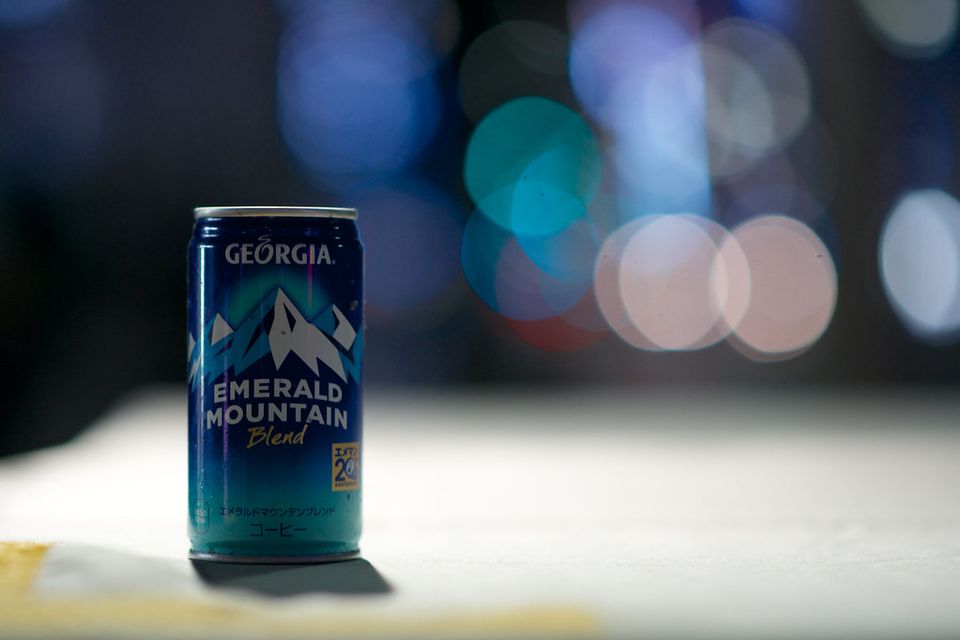
Life’s inconveniences, when they happen to you and me, are just that. Inconveniences.
When they happen to some people though they end up becoming multi-billion dollar businesses.
This is the story of Japan’s canned coffee.
One finds at least one vending machine in almost every street in Japan. In every vending machine one row is dedicated to just one product: canned coffee.
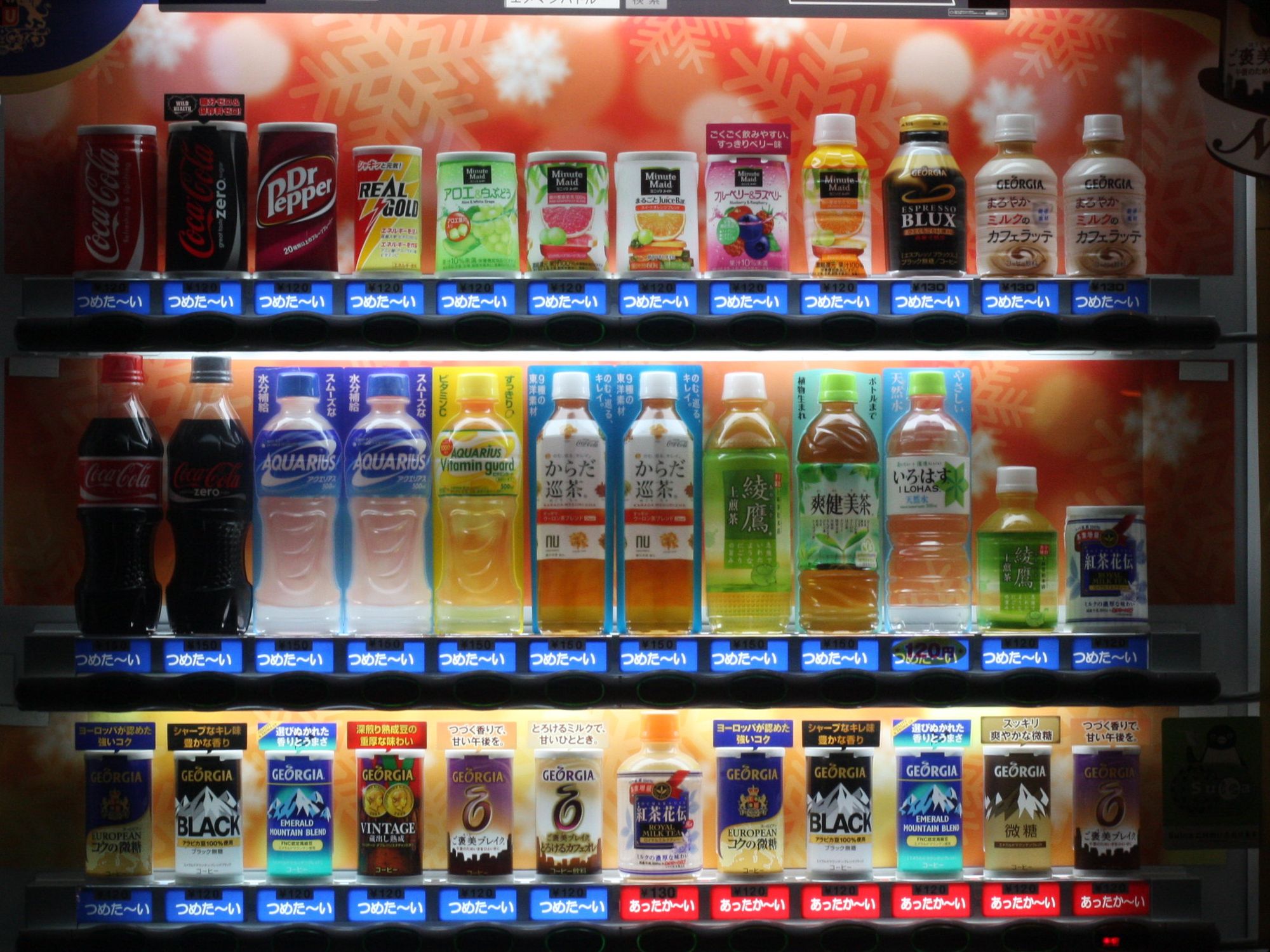
Canned coffee, as it says on the tin, is ready-to-drink coffee in a can.
There are hundreds of variations of canned coffee and some can’t even legally be called “coffee” in Japan.
Inconveniences and thrifty entrepreneurs
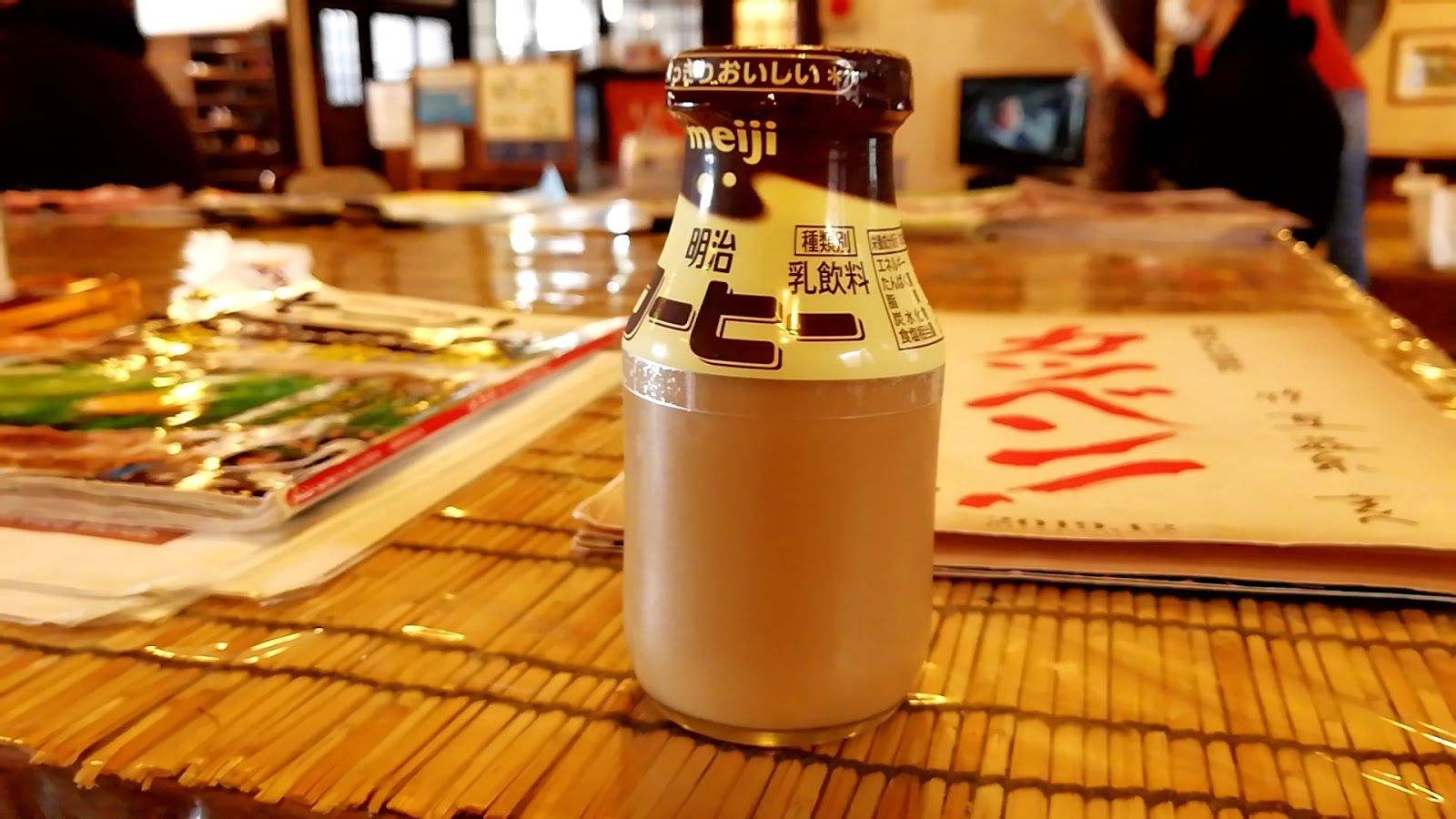
The year was 1969. Tadao Ueshima was at the train station.
In the sweltering heat of the Japanese summer he got himself a bottle of cold “coffee milk” (コーヒー牛乳) from the station’s convenience store, figuring he had a few minutes till the train left.
In those days you would buy your drink, drink it on the spot, and return the bottle. As luck would have it, he mistimed his coffee and his train started to pull out of the station. He hurriedly returned his half-finished bottle and ran to his train.
Now, Tadao had somewhat of a reputation as a frugal man. He hated seeing things go to waste. And he couldn’t shake off the frustration of the coffee. “If only there was a way I could buy and carry my coffee with me…” he reasoned.
Fate couldn’t have chosen a better person for this encounter.
Tadao Ueshima was the CEO of UCC Coffee, which sold coffee and tea in bulk to restaurants. He assembled a team at UCC and gave them an impossible mission: to create a coffee he could buy and walk away with.
Such a thing was unheard of.
The team quickly landed on using steel cans for the coffee. This way people could buy coffee anywhere there was a vending machine. This was probably the easy part.
After all, how hard could it be to make canned coffee? You make coffee, pour it into a can, and seal it, right?
That is what the team started with, but they ran into one problem after the other: the coffee and milk would separate when they left the can sit; the coffee reacted with the steel can and turned into an unappetizing black liquid; the coffee tasted weird when they sterilized the sealed cans.
One by one, they experimented their way out of these problems and finally in April 1969 their first mass-produced canned coffee was ready.
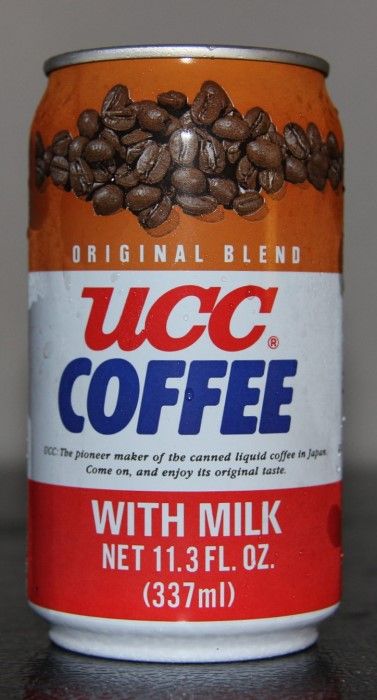
Remember I said this thing was unheard of? Well, their buyers hadn’t heard of it either and had zero faith that people would want to drink coffee out of a steel can instead of choosing a nice, cold bottle of coffee.
Some people even called it blasphemy to stuff coffee in a can. (Yes, I know many of you think adding milk and sugar to coffee is blasphemy already.)
UCC’s employees went store by store, opening the cold canned coffee and inviting owners to try it for themselves. But it did not move the needle much.
They then changed strategy and focused on the 1970 Osaka World Fair, where companies from across the world came to showcase the latest and greatest from their countries. This was a massive, 6-month long event, which over 64 million people attended.
UCC targeted the restaurants and shops around the 330-hectare venue and this is where they got their first taste of success. In just a few weeks, people were clamoring for the cold milk coffee to quench them in the heat of the Japanese summer.
This newfound recognition from the World Fair catapulted UCC and in just one year, their revenues exceeded 10 billion yen.
“Real” Canned Coffee
While UCC was busy taking over the world, there existed people who couldn’t take “coffee milk” seriously. One such people was Toshikage Tanida, the CEO of a company called Pokka Lemon that made synthetic lemon juice.
In 1972, Toshikage stopped at a service area on the highway after a long drive and wanted a cup of coffee to freshen up. There was a long line at the service area's only coffee shop and it took him 30 minutes to get his coffee.
You and I would have grumbled and moved on. But not Toshikage.
The experience annoyed him so much that he set about looking for a way to have real canned coffee. Pure coffee, unadulterated by sugar and milk. Hot coffee.
By 1972 vending machines were the main channel of selling canned coffee, but most vending machines only had one mode: cold. Pokka collaborated with a vending machine manufacturer to build a “hot-and-cold” vending machine which could sell both hot and cold beverages simultaneously.
It took them a year to build this, but in 1973, Pokka could legitimately lay claim to creating the first canned hot actually-coffee coffee.
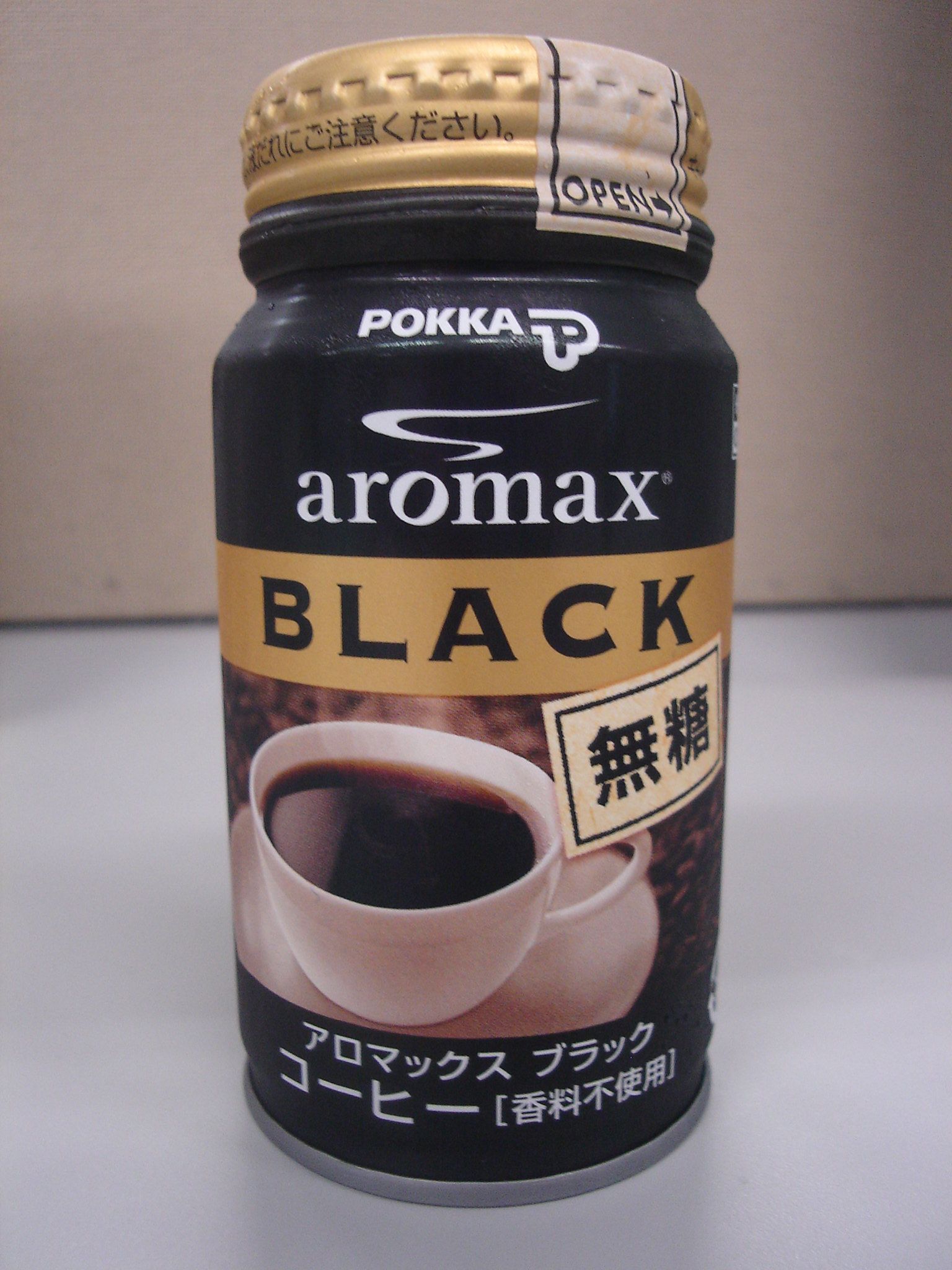
I am drinking a freshly brewed cup of coffee as I write this, and I can only imagine how much of thought, work, and failed experiments went into canning something as sensitive as coffee.
Especially so, when you realize this coffee is heated constantly, for an indefinite amount of time in a vending machine, and still tastes the way it was supposed to taste! Mad respect for the people who pulled this off.
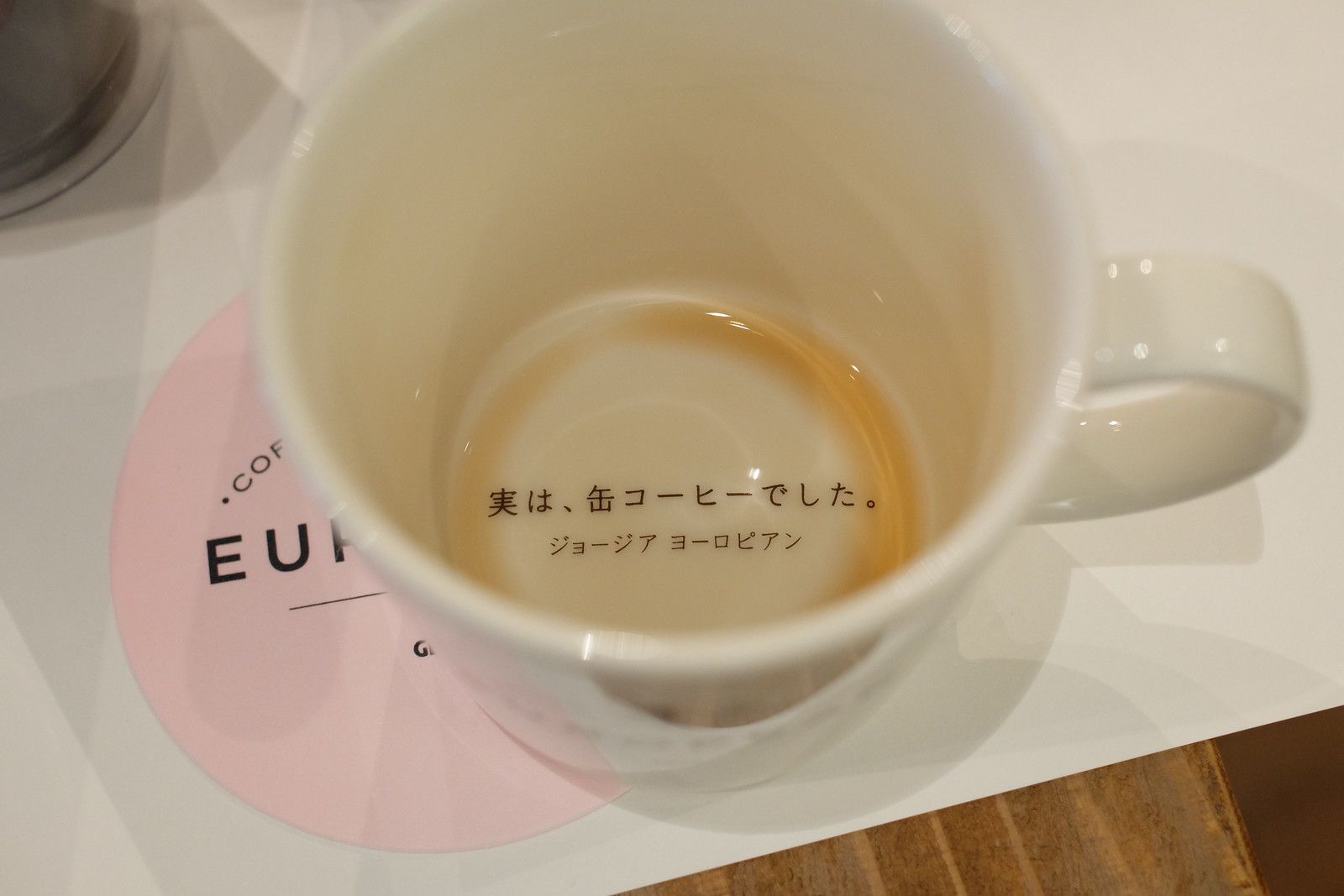
Enter Coca Cola and Tommy Lee Jones
Most canned coffee was sold through vending machines and thanks to Pokka, Japan now had hot-and-cold vending machines. Guess who had more vending machines than everyone else in Japan? Coca Cola.
In 1975 Coca Cola entered the game with their “Georgia” canned coffee, named after the home state of the Coca Cola Corporation. Coca Cola’s sheer brand might and vending machine network gave it meteoric growth. So meteoric, that to this day, Coca Cola Japan’s best selling product is not Coca Cola. It’s Georgia coffee!
Suntory, another beverage maker jumped into the fray in 1992 with their “BOSS” brand.
In 2006, they hired Tommy Lee Jones to be the face of the brand. Tommy was cast as an alien exploring earth, trying to understand the life of everyday humans.
Suntory wanted to paint BOSS as a coffee for the hardworking people on the street and with their ad campaign they succeeded spectacularly. Watch with the subtitles turned on and I think you will see why.
The success of canned coffee rests on two pillars – cans and vending machines. How these coffee cans are made is a rabbit hole of its own if you’re into the sheet metal forming kind of thing. The vending machines too deserve a whole other article of their own. In fact, if you think we should write about Japanese vending machines next, comment down below!
To the people still shaking your head that coffee in a can can’t possibly be good, it can.
I will leave you with this video of a guy who flew to Italy and recorded the reactions of strangers (including a pair of baristas) drinking canned coffee:
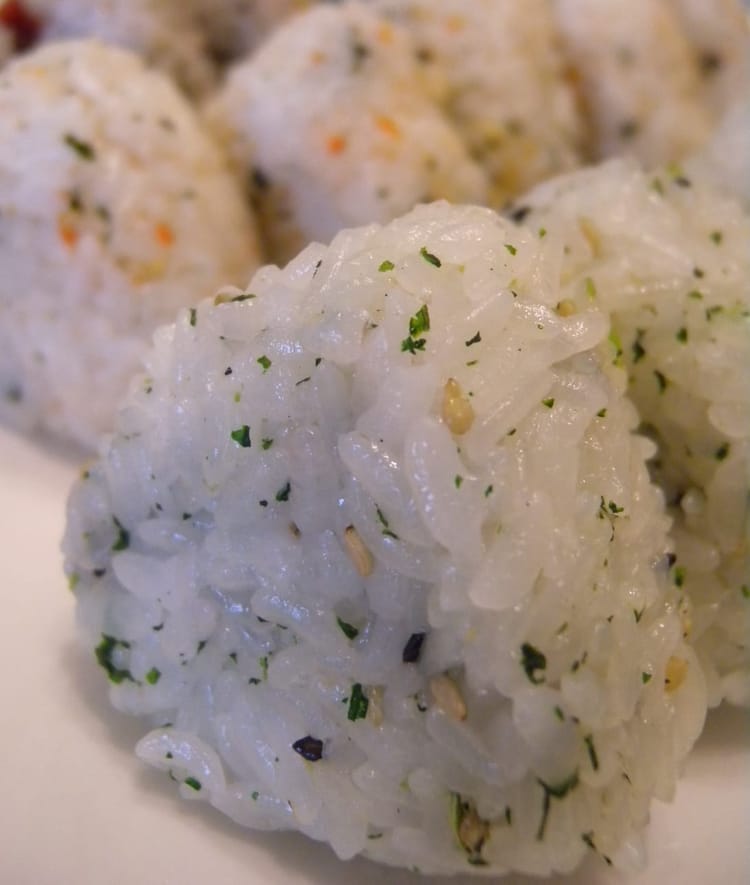
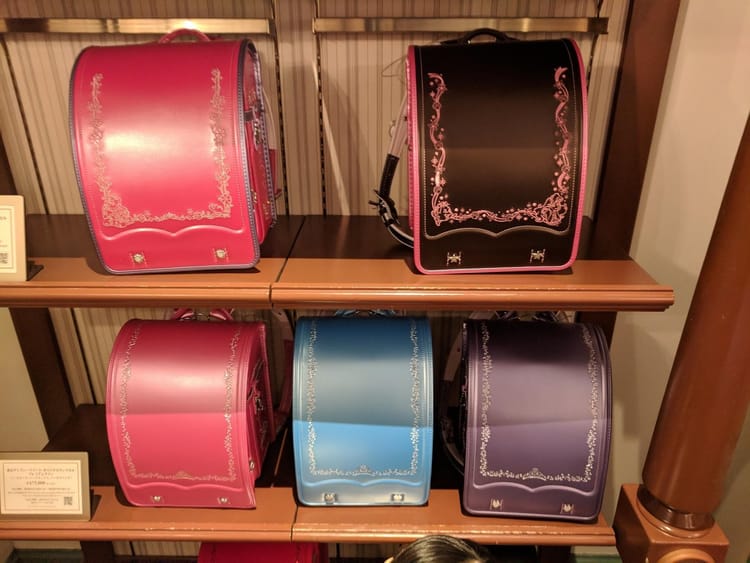
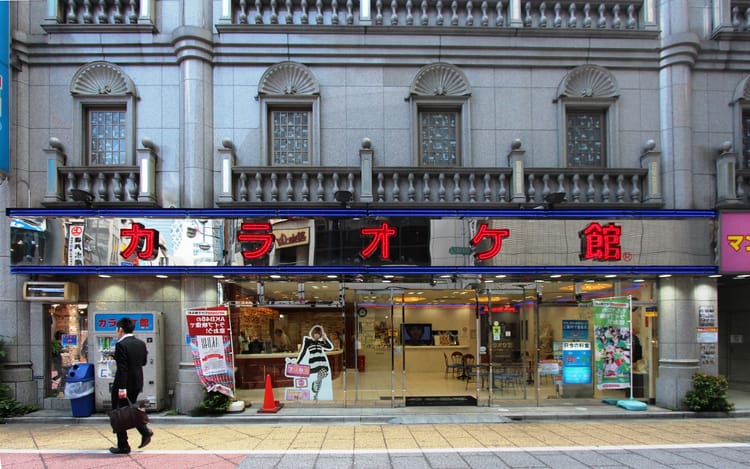
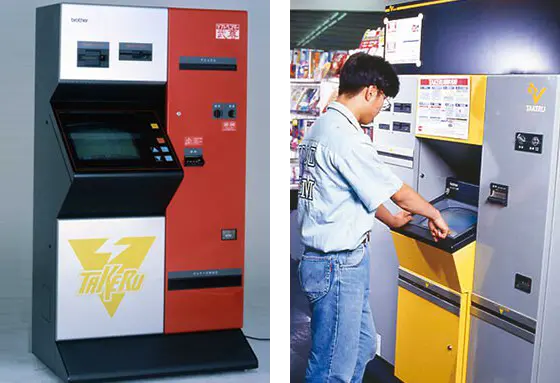
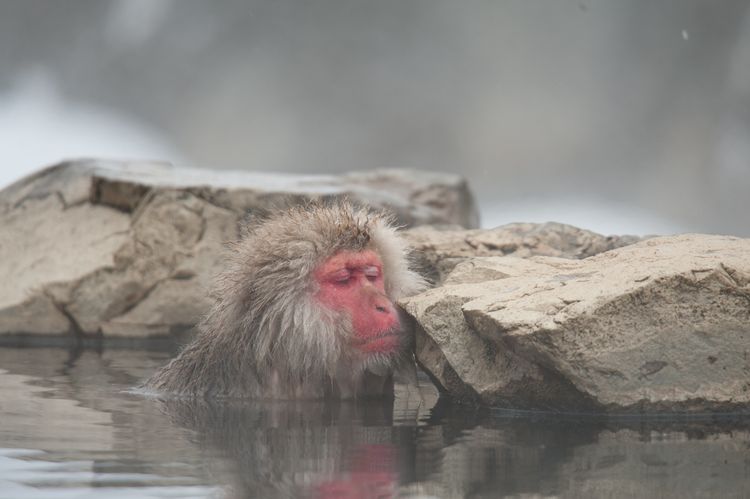
Member discussion